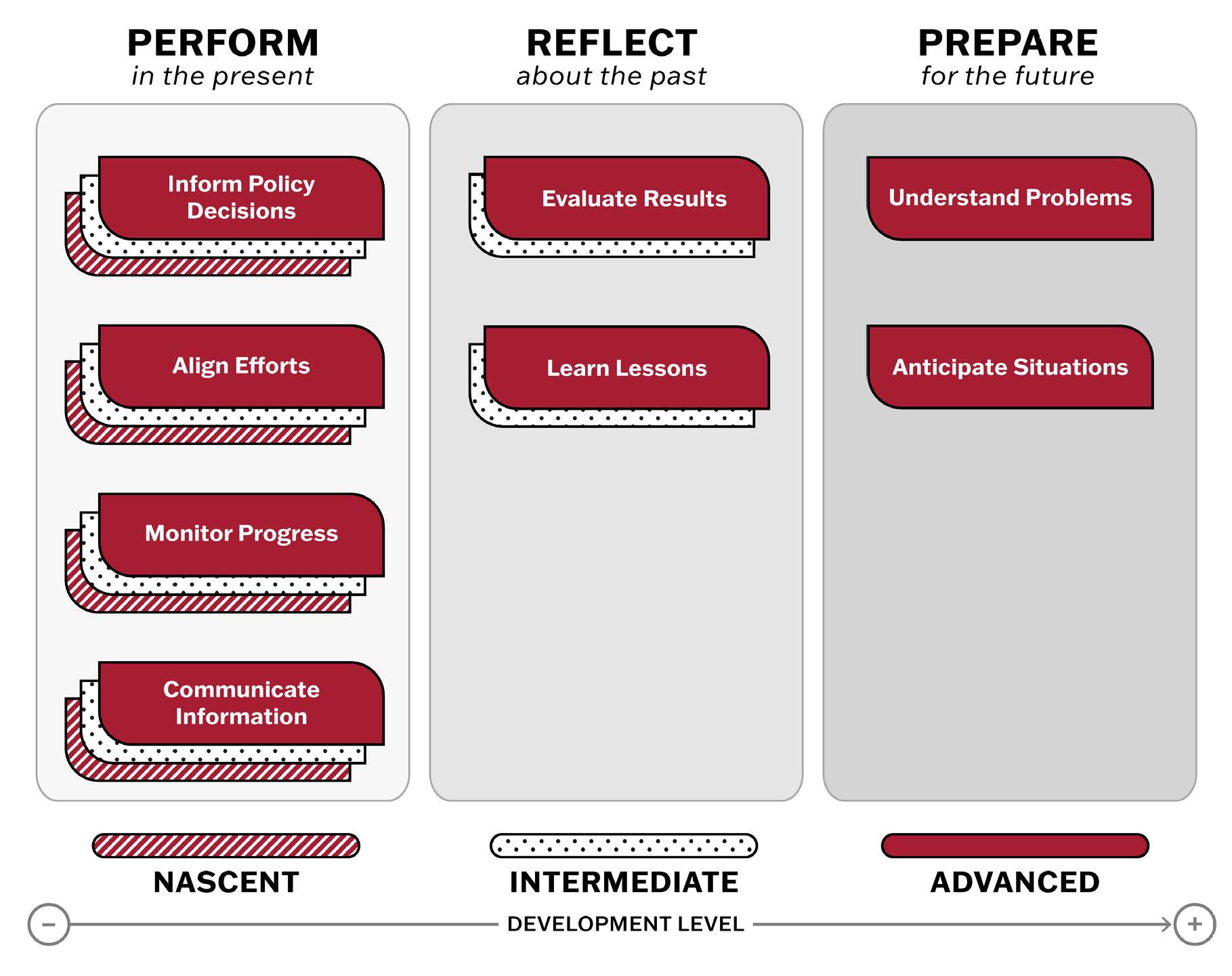“The Data-Informed City: A Conceptual Framework for Advancing Research and Practice”
Information Polity
Action Insights
Last Updated
Topic
Data and Evidence
Location
Global
Most city leaders use data to make decisions, but few are getting the most out of the data available to them. A study published in Information Polity and supported by the Bloomberg Harvard City Leadership Initiative offers a framework for optimizing data use to solve urban problems.
Read the Action Insights below, or download as a PDF for use later.
When Joe Curtatone became mayor of Somerville, Massachusetts, in 2004, he believed data could transform city government. Early initiatives like a 311 call center and SomerStat, a performance management system, gave officials real-time insights into resident concerns and departmental performance. Over time, these tools helped Somerville improve services, manage resources more strategically, and communicate more effectively with residents. By the time COVID-19 hit, the city had the data infrastructure to coordinate departments, act quickly, and keep infection rates below state and national averages—even though it was the most densely populated city in New England.
Somerville’s experience illustrates the power of data, but it also highlights a broader challenge: despite a surge in available data, studies have revealed that many local officials lack a clear understanding of how to use data in their cities and for what purposes. To address this, we synthesized our empirical research and insights from our work in more than 275 cities, reviewed 132 academic articles, and examined existing data maturity models. The result is a framework, published in the journal Information Polity, that clarifies the multiple ways governments can use data—and how doing so creates public value.
A Framework for Using Data to Create Public Value
Our research identified eight uses of data in government: to (1) understand problems, (2) inform policy decisions, (3) communicate information, (4) align efforts, (5) monitor progress, (6) evaluate results, (7) learn lessons, and (8) anticipate situations. Some concrete examples from our previous research can bring these data uses to life. For instance, cities used data to better understand the issues affecting veterans experiencing homelessness; they combined data from satellite imagery and police reports to design policies that better allocate resources in code enforcement; they used data during meetings with residents to keep them up to date on the status of ongoing projects; they pulled information from different departments to create a cross-agency task force to address distressed properties; they leveraged data to run a quasi-experiment to evaluate whether a city program reduced crime; and they used data from past inspections to predict which properties were most likely to be at-risk and should be prioritized.
Framework of Data Uses
Source: de Jong, Fernandez-Monge, Mayne, and Vachon, “The Data-Informed City: A Conceptual Framework for Advancing Research and Practice.”
We then mapped these uses on to the stages of government action at which data is employed, showing how governments use data to perform in the present, reflect about the past, and prepare for the future (see figure above). We also examined the level of organizational development required to use data in particular ways, identifying three levels of development for each of the eight data uses based on the kinds of resources and the sophistication of the skills, tools, and techniques required. Finally, our framework considered how using data can help create public value. We found that data can make government more effective by helping officials meet policy goals and benchmarks, improve efficiency by helping city hall prioritize the allocation of scarce resources, foster equity by helping government better align resources with the people who need them most, and hold governments accountable by empowering residents.
Takeaways for City Leaders
Somerville didn’t become data-informed overnight. As Mayor Curtatone put it, the process was like “turning around an aircraft carrier” —long, deliberate, and strategic. City leaders everywhere now face the same challenge: how to turn abundant data into real public value. Based on our research, here are three key lessons:
Information Polity
Bloomberg Harvard City Leadership Initiative
The Data-Smart City Pod
Bloomberg Harvard City Leadership Initiative
Bloomberg Harvard City Leadership Initiative
More Resources Like This

